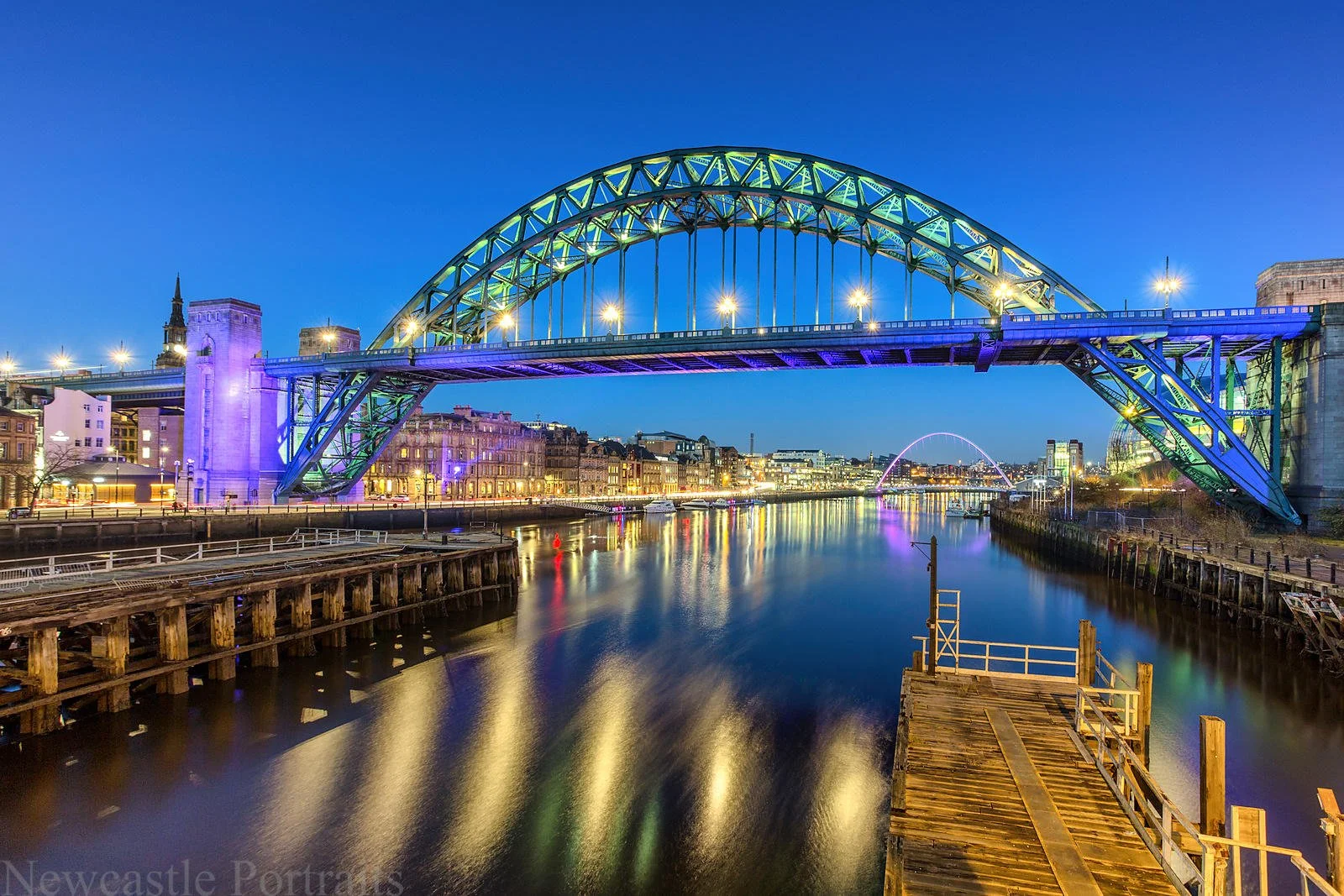Sheffield's Cathedrals
As a child, I remember my parents speaking about Sheffield Steel as being the best quality that it was possible to get. How true it was at the time, I’ve no idea but as my parents told me that it was true, Sheffield has always associated in my mind with the finest quality steel.
It’s believed that people have been living in what is now the City of Sheffield for around 12,800 years. Like many settlements, it grew quite slowly. The Normans built a castle and what became the city of Sheffield grew up around it. In the late 13th century, a market had been established at what is now known as Castle Square, and Sheffield subsequently grew into a small market town. In the 14th century, Sheffield was already noted for the production of knives, as mentioned in Geoffrey Chaucer's The Canterbury Tales, and by the early 1600s, it had become the main centre of cutlery manufacture in England outside London.
Sheffield Manor and Castle housed Mary, Queen of Scots between 1570 and 1584.
In the mid 18th century, a form of the crucible steel process was discovered that allowed the manufacture of a better quality of steel than had previously been possible. Around the same time, a technique was developed for fusing a thin sheet of silver onto a copper ingot to produce silver plating, which became widely known as Sheffield plate. These innovations spurred Sheffield's growth as an industrial town. The population of the town grew rapidly throughout the 19th century; increasing from 60,095 in 1801 to 451,195 by 1901. The town was incorporated as a borough in 1842 and was granted city status by letters patent in 1893.
International competition in iron and steel caused a decline in these industries in the 1970s and 1980s, coinciding with the collapse of coal mining in the area. The 21st century has seen extensive redevelopment in Sheffield, along with other British cities.
Sheffield had a population of 518,090 in the 2011 census, making it the second-largest city in the Yorkshire and The Humber region.
Sheffield Anglican Cathedral
The Cathedral Church of St Peter and St Paul, Sheffield, more commonly known as Sheffield Cathedral, is the cathedral church for the Church of England Diocese of Sheffield, England. Originally a parish church, it was elevated to cathedral status when the diocese was created in 1914. Sheffield Cathedral is one of five Grade I listed buildings in the city, along with the Town Hall, Abbeydale Industrial Hamlet, and the parish churches at Ecclesfield and Bradfield.
The site of the cathedral near the city centre has a long history of Christian use. The shaft of the 9th-century Sheffield Cross, believed to have formerly been sited here, is now held by the British Museum. The first church was probably built in the 12th century by William de Lovetot. This church was burnt down in 1266 during the Second Barons' War against King Henry III.
Another parish church was completed in 1280, but this church was mostly demolished and rebuilt about 1430 on a cruciform floor plan. The Shrewsbury Chapel was added in the next century, and a vestry chapel (now the Chapel of Saint Katherine) was added in 1777. The north and south walls of the nave were rebuilt in 1790–93 and a major restoration by Flockton & Gibbs, which included the addition of new north and south transepts, was completed in 1880. The church was originally dedicated to Saint Peter, but from some time after the reformation into the 19th century it was dedicated to Holy Trinity; it has since been dedicated to both Saint Peter and Saint Paul. Most recently, the cathedral underwent an interior and exterior refurbishment in 2013–2014.
Here are a few photos of this lovely church
Sheffield Catholic Cathedral
The Cathedral Church of St Marie is the Roman Catholic cathedral in Sheffield, England. It lies in a slightly hidden location, just off Fargate shopping street, but signals its presence with a tall spire. It is an especially fine example of an English Roman Catholic Cathedral, with much fine interior decoration.
The Catholic Emancipation of the late 18th and early 19th centuries allowed Catholics to worship more openly. Sheffield Catholics bought the ageing house, which stood on the corner of Fargate and Norfolk Row. They built a small chapel in its back garden on a site which is now between the Mortuary and the Blessed Sacrament Chapels. By 1846 the chapel was too small and the young priest, Fr. Pratt, was keen to build a church for the expanding town. A leading local architect, Matthew Ellison Hadfield, designed St Marie's, based on a 14th-century church at Heckington in Lincolnshire.
The cathedral is one of few Catholic churches quipped for change ringing. It has eight bells in the ring and an Angelus bell. The main ring is by Mears & Stainbank from 1874, the Angelus being an earlier 1850 Charles & George Mears. Steel bells were first installed in 1861, before being replaced with bronze ones in 1874.
On the day I was visiting, there were a number of services and so I wasn’t able to spend as long in it as I’d have liked. Here are some of the photos I took.






